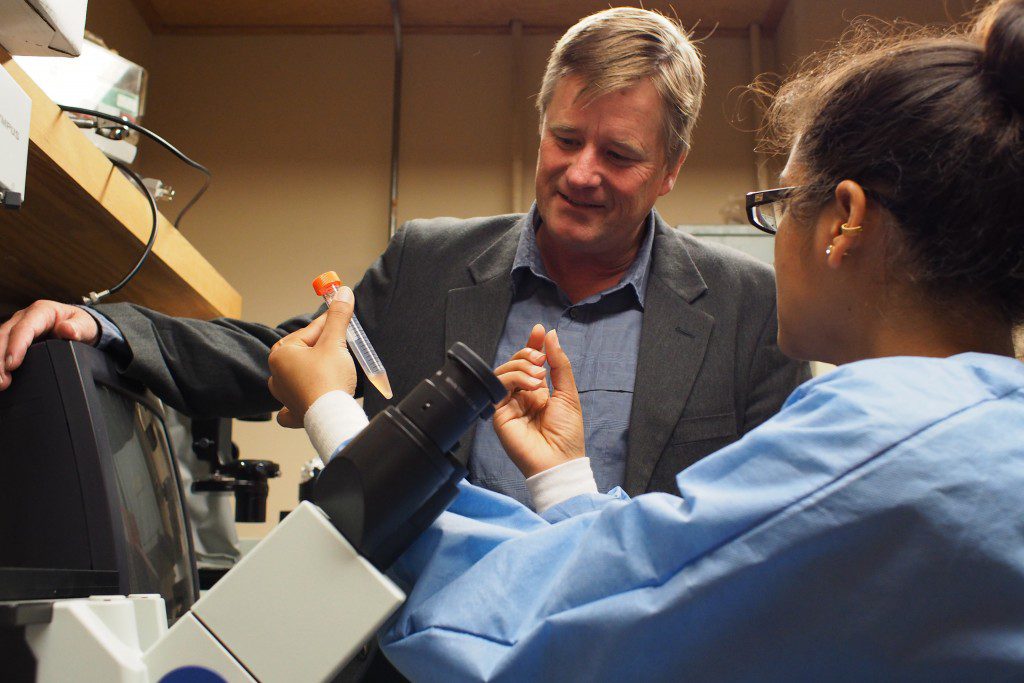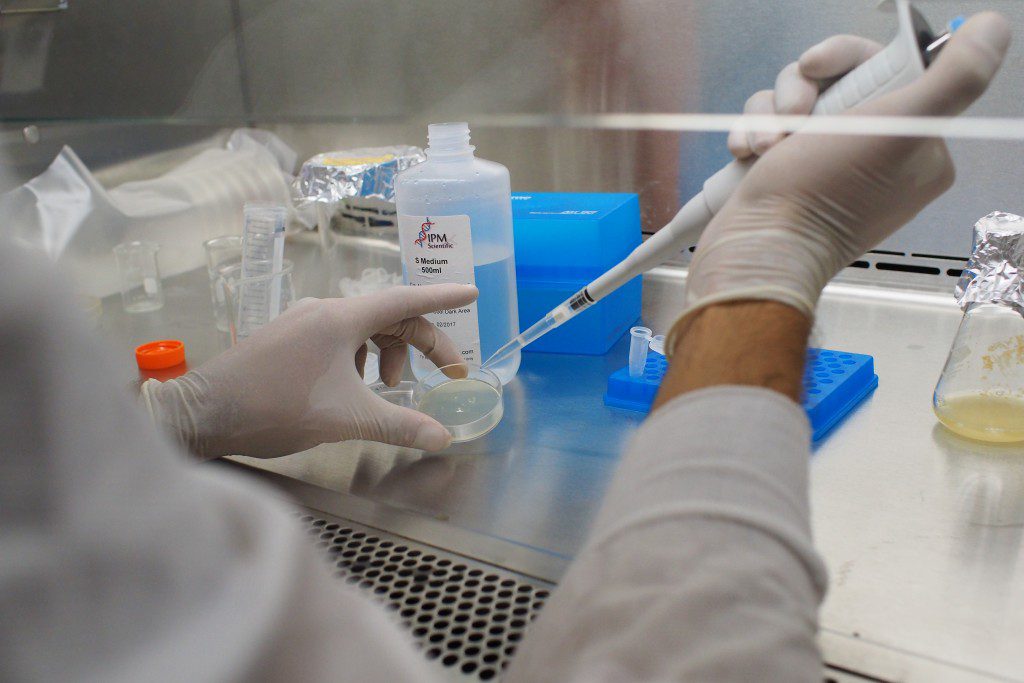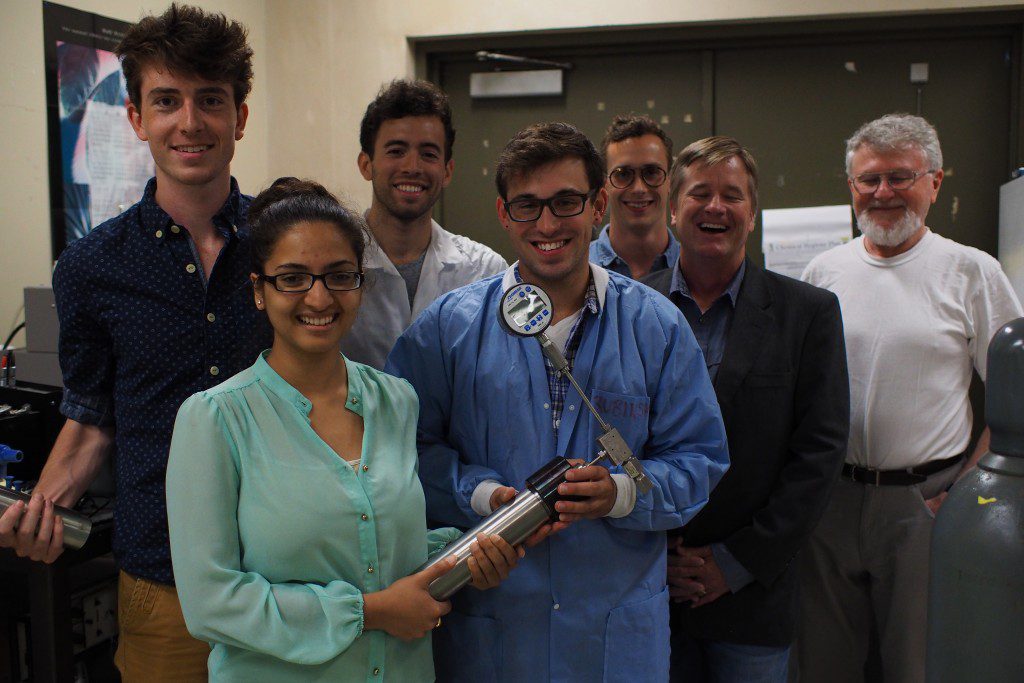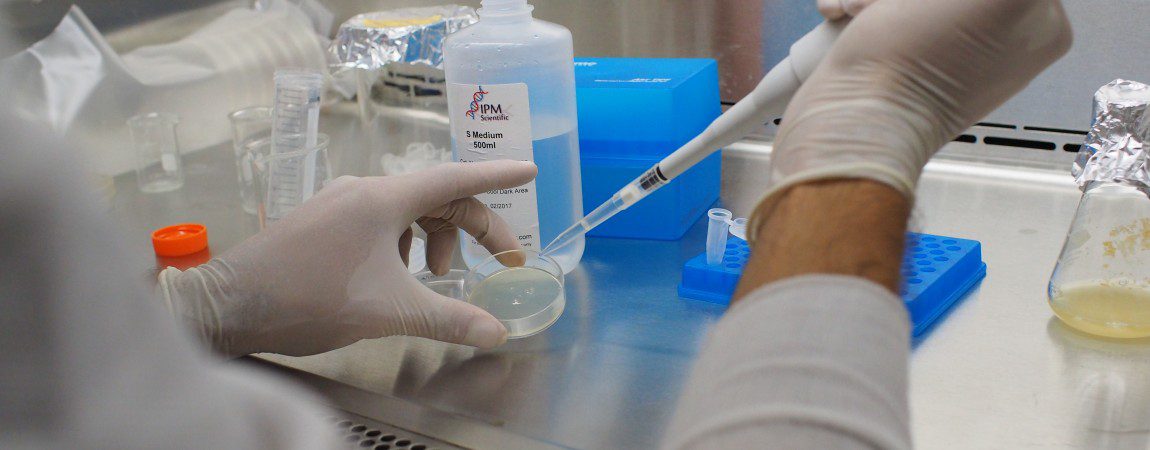Project Description
Long-term preservation of biological organs using cryopreservation (sub-zero temperature preservation) techniques could revolutionize organ transplantation. Currently the average preservation time of kidneys, livers, and hearts are 72, 8, and 6 hours, respectively. Increasing this time will allow for the transplantation of vital organs to thousands of individuals that need help, and also slow the exponential growth of organ donor waiting lists, organized by UNOS (the United Network for Organ Sharing).
Our project seeks to harness the principles of isochoric cryopreservation to extend the time organs may survive outside the body during transplantation. A new technology developed at the University of California, Berkeley in Professor Boris Rubinsky’s lab has shown the theoretical potency of this technique for long-term organ preservation (Rubinsky 2005) and two prototypes have been developed to demonstrate that the underlying theories prove true in practice (Preciado 2010). Our capstone team aimed to refurbish, update, and test these devices to understand their future potential impact for preserving organs for transplantation.


Good communication can go a long way to precluding friction within a team, as well as ensuring that time and resources are used efficiently. Make sure to anticipate unanticipated problems or delays and account for these liberally in the project plan.
— David Fisher
Need Addressed
From initial skin grafts to the first double leg transplant, organ transplantation technology has evolved to treat a multitude of ailments. The transformative nature of organ transplantation is so impactful that an estimated 35% of all deaths in the United States could be prevented or significantly delayed by its widespread use. However optimistic this number may seem, transplantation is far from reaching its full potential. While as many as 900,000 deaths in the US could be prevented by organ transplants every year, only about 28,000 transplants actually happen as a result of the lack of an effective method for long-term organ preservation.
Currently, organs are placed in low enough temperatures to substantially slow cellular metabolism (hypothermic cryopreservation). This strict time constraint for organ use causes the majority of organs from donors, or for example 70% of hearts and 50% of lungs, to be unharvested. If even half could be salvaged, the US waitlist for these organs could be extinguished within 3 years.
A better healthcare system will reap a whole slue of benefits: improved matching of organs between donors and recipients, fewer rejections of organs, less need for expensive and oftentimes chronic immunosuppression therapy, less disease transmission, lower costs, and most importantly, more lives saved during emergencies. Overall, better preservation of organs could lead to an even brighter future for the medical field if paired with stem cell research, tissue engineering, and organ banks.


I learned that it is very important to remember the bigger picture for any problem you solve. It would be easy to get caught up in the details of the device, but remembering the impact will motivate us to do better.
— Leela Tanilella

Accomplishments
Our capstone team has helped revive a graduate research project that we feel demonstrates great potential for groundbreaking innovation in the field of organ transplantation. Over the course of the year we helped refurbish three of the Rubinsky lab’s devices so that we, and our collaborators at West Point Military Academy, could continue proof-of-concept cryopreservation testing of various cells and organisms within the device. We also worked closely with industry suppliers to obtain a completely redesigned device with fewer components and more user-friendly instructions. Now we are conducting initial mechanical and biological tests with the devices to better understand the effect of low-temperature, high pressure conditions on biological survival. Ultimately, our goal is that the technology can be upgraded to expedite transplant organ preservation times on a global scale.

Industry Advisor
Russ Delonzor, President & COO of Halt Medical, Inc.
Working on important real-world problems as a team is what makes the Capstone project so valuable. It would take years of work experience to gain this exposure to so many facets of the product development journey. We saw firsthand how things that sound simple — like buying prototype components, can end up on the critical path to success. Not only did we learn a lot together, but isochoric cryopreservation is now a step closer to the goal of making tissue transplantation available to many more people around the world.
← View all Capstone Projects





